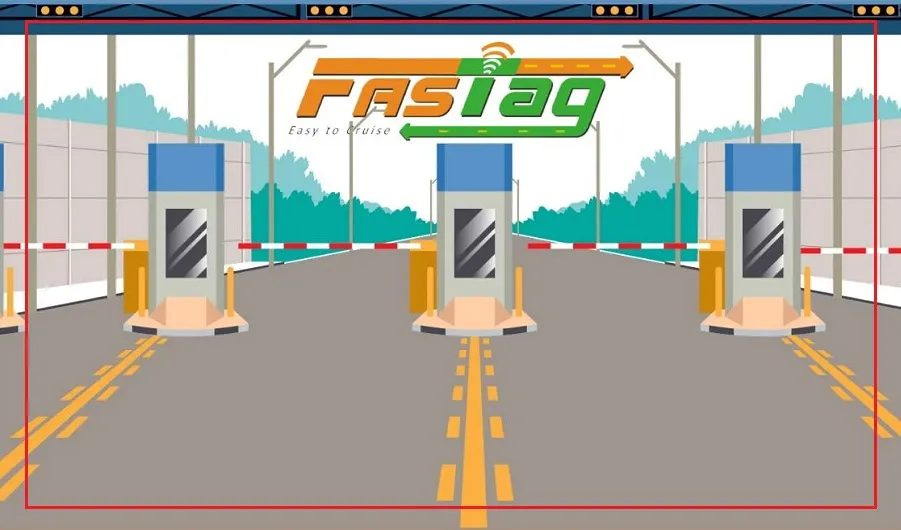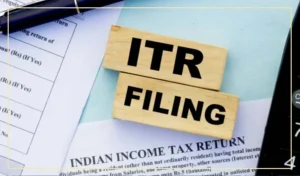New Delhi: The National Highway Authority of India (NHAI) has put into effect the ‘one vehicle, one FASTag’ rule starting from Monday.
Here’s what every car owner should understand about this new regulation:
Eliminating Multi-Vehicle Usage and Duplication
The primary aim of the ‘one vehicle, one FASTag’ rule is to eradicate the practice of using a single FASTag for multiple vehicles or associating multiple FASTags with a single vehicle.
A senior NHAI official highlighted that it’s no longer permissible to install more than one FASTag on a vehicle.
Enforcement and Deadline Extension
In response to challenges encountered by vehicle owners, especially with Paytm FASTags,
NHAI introduced the ‘One Vehicle, One FASTag’ initiative.
Owners found with multiple FASTags for a single vehicle will face restrictions on usage starting April 1.
The compliance deadline for this initiative was extended until March 31.
Fastag’s Reach and Significance
Fastag, a vital component of toll collection in India operated by NHAI, boasts an impressive reach, covering approximately 98 percent of vehicles with over eight crore users.
It utilizes Radio Frequency Identification (RFID) technology, allowing toll payments directly from linked prepaid or savings accounts.
Benefits of FASTags
FASTags facilitate seamless, cashless transactions at toll plazas,
reducing waiting times for drivers and enhancing overall efficiency in toll payment processes.
By adhering to the ‘one vehicle, one FASTag’ rule,
NHAI aims to streamline toll collection processes and ensure fair usage of FASTag technology across the nation’s highways.
























